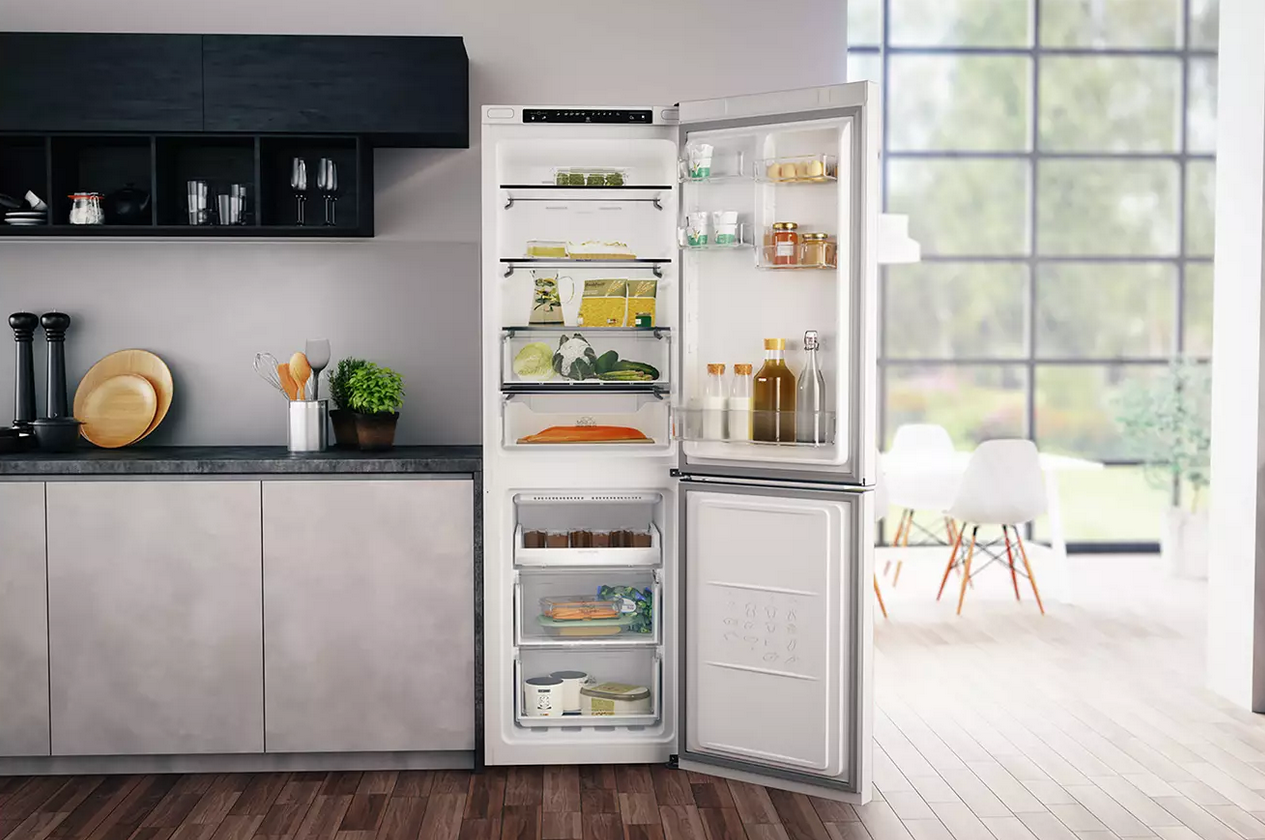
According to AMDEA, over 98% of homes in the UK have a fridge or fridge freezer. These appliances come in a variety of styles and the actual redridgeration technology can vary depending on the model. In this article we explain what wet wall refridgeration is and what it looks like on your appliance.
What is a wet wall fridge?
Wet wall fridges are a type of fridge which is designed to avoid and prevent a build-up of frost and ice. It works by steering the condensation down the back of the wall. Fridges are sometimes labelled as ‘frost-free’ which falls under the category of wet wall. This is so consumers can identify this feature on their appliance.
What does it look like?
If you are using wet wall refridgeration you are likely to notice ice droplets on the back of the wall at times when opening. This is because when the condensation travels down the wall it may collect at a cold point before reaching the drip tray. This is nothing to worry about and is expected. Once the door is closed again the water should continue moving down to the drip tray. This is part of a cycle that the appliance carries out by itself.
How to maintain wet wall fridges?
Cleaning and maintaining is similar to other fridge freezers. It is recommended to keep clean by regularly washing with warm or room temperature soapy water and avoid using harsh abrasives. Specifically for wet wall, any contents should be kept from leaning against the walls. This is because it can prevent air from circulating in the fridge and result in a build up of ice. This can be resolved by keeping spacious and not overfilling the appliance.
Like with most fridges, doors should be kept shut when not in use and closed properly, ensuring the seal is intact. Although overly hot food should not be put in fridge freezers anyway, it is important to not put in wet wall appliances. This is because it can affect the temperature which in turn can affect the way in which the appliance remains cool. This also means that the fridge door should be closed as quickly as possible after opening it to prevent warm air entering and creating more condensation.
It is also important to ensure the appliance is draining correctly. The condensation that is steered down the wall goes into a small container near the compressor which then evaporates. If there are any blockages then this can affect this process. You can check for blockages in the drainage hole itself by using something such as a pipe cleaner to remove any debris.
To conclude, wet wall fridges use technology to prevent the build up of frost and you may notice droplets on the back of the appliance as a result, but this is to be expected. You can browse all refridgeration here.